How a Russia vs. NATO war would really go down
Russia could 'steamroll' NATO in the Baltic? Not so fast.
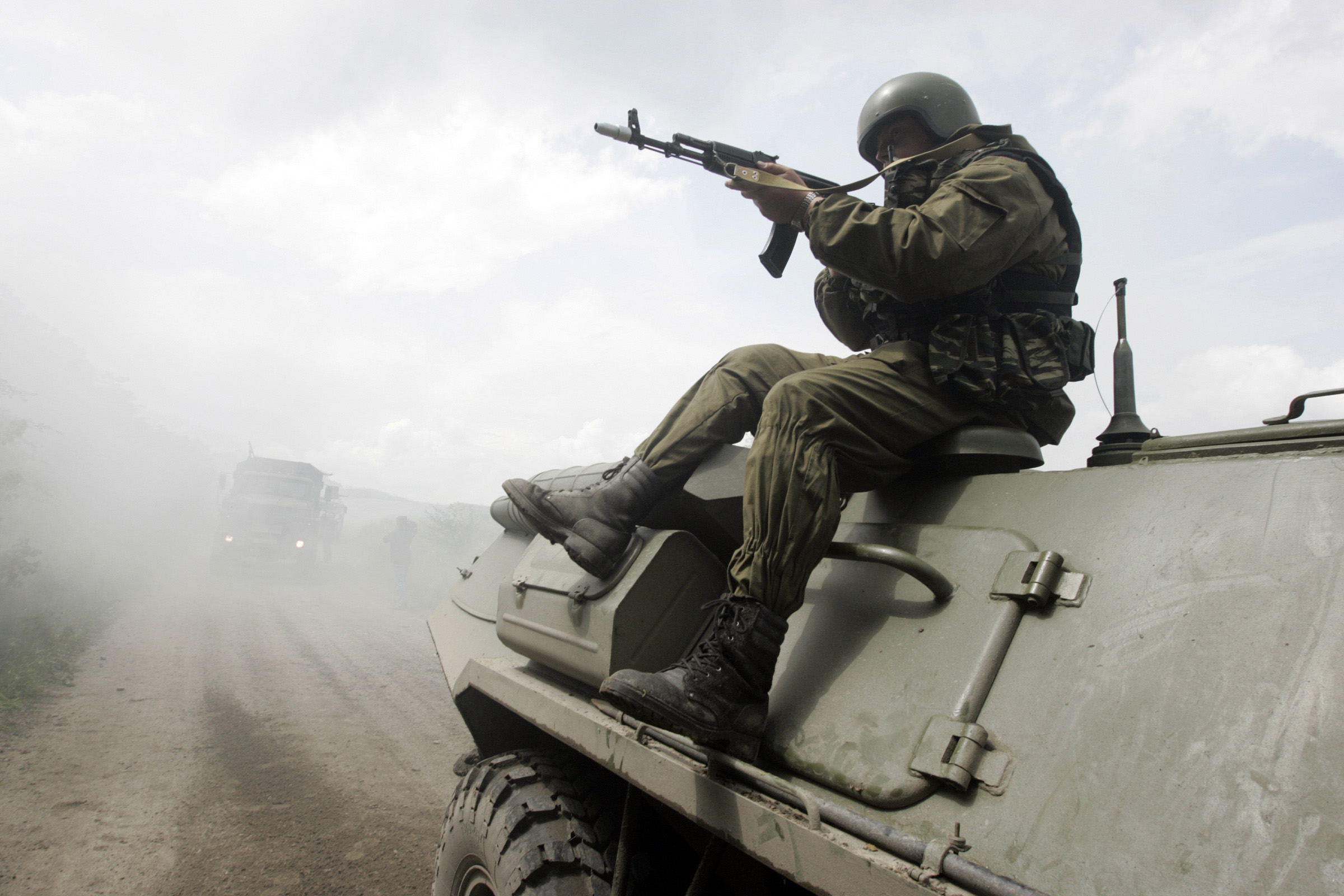
Last week saw a flurry of news reports that Putin's Russia could "steamroll" NATO forces in just five days, winning a quick victory in the Baltics that would drag Estonia, Latvia, Lithuania — and perhaps even Poland — kicking and screaming behind a new Iron Curtain.
Is it really possible that Russia, a shadow of the former Soviet Union, could accomplish this? As always, the truth is more complicated.
Michael Carpenter, deputy assistant secretary of defense for Russia, Ukraine, and Eurasia, told Congress he agreed with a think tank study that concluded NATO could not currently defend the Baltic States against a lightning Russian military campaign. The report says the three tiny countries, which collectively muster 11 battalions of mostly lightly armed troops, are no match for the 46 battalions of tanks, mechanized infantry, paratroops, marines, artillery, surface-to-surface missile, and attack helicopters Russia has stationed in the region.
The Week
Escape your echo chamber. Get the facts behind the news, plus analysis from multiple perspectives.

Sign up for The Week's Free Newsletters
From our morning news briefing to a weekly Good News Newsletter, get the best of The Week delivered directly to your inbox.
From our morning news briefing to a weekly Good News Newsletter, get the best of The Week delivered directly to your inbox.
Traditionally, in order to have a reasonable chance at victory, attacking military forces require a three to one numerical superiority ratio. The current ratio in the Baltics is more than four to one — and are mostly heavier tank and mechanized forces, with greater firepower and tactical mobility.
The rest of NATO could quickly surge eight more battalions — seven of which are American — to the defense of the Baltics, but most of those forces, although well trained, are lightly armed. NATO has further plans to deploy another four tank and mechanized battalions in the Baltics, bringing the ratio to a less risky but still dicey two to one. Four countries have promised troops.
Russia would have a lot of advantages in a war against NATO. The war would take place right on Moscow's doorstep, where it can marshal forces from across the country for an attack. Russia's supply lines would remain relatively short — 150 miles from the border at the most — which is good because logistics are not her strong suit. And Russia would have the element of surprise.
But there are also disadvantages, and they are big ones.
A free daily email with the biggest news stories of the day – and the best features from TheWeek.com
For decades, Russia lived off the inherited largesse of the former Soviet military. Most Soviet military units were based on Russian soil, and when the socialist regime went away in 1991, Soviet units became Russian ones, with the same personnel and the same equipment.
That's just as well, because Russia then fell into two decades of economic stagnation. Heavy, expensive equipment wasted away. Military units lived on starvation budgets, and even just three years ago Russian forces in the Far East were reportedly living in poor conditions and being fed rotten food — or even dog food.
In 2014, with the Russian economy finally back on track, Russia embarked on an ambitious plan to update its armed forces. The size of the armed forces was to be cut from 1.2 million to a more reasonable one million, a professional non-commissioned officer corps would be created, and pay and conditions would improve to attract higher quality recruits.
The Russian military would also receive modern equipment to replace aged-out Soviet hand-me-downs. Russia launched an ambitious program to go from 10 percent modern military equipment to 70 percent modern equipment by 2020, at a cost of $720 billion.
That program was never realized. Just two years later, plummeting oil prices and sanctions imposed by the West after the annexation of the Crimea has once again sent the Russian economy — and defense budget — into a tailspin. New combat equipment such as the T-14 Armata tank and PAK-FA stealth fighter have had their purchase numbers cut to token amounts. The old equipment is going to have to soldier on.
Russian forces are also, generally speaking, not as well trained as NATO forces. Russian forces performed badly in Chechnya, relying on firepower to grind the enemy into dust. In its 2008 war with Georgia, Russian ground forces moved painfully slowly. While the mountainous terrain didn't help, Russian lack of training, preparation, and modern equipment was a major factor. Most NATO countries could have done a better job.
More recently, Russia's war in the Crimea was lauded as a new type of "hybrid warfare" involving protesters, paramilitary forces, and the Russian military itself, but the truth was Moscow couldn't afford to invade the Ukraine the conventional way, so they had to improvise. There's another term for hybrid warfare — war on the cheap.
The real danger in any NATO-Russia war isn't that NATO would lose: With immense reserves of air, land and sea power safely outside the combat theater, NATO would eventually win. NATO might even start winning even sooner than anyone would expect, if the Russians bungle what would necessarily be a difficult and complex campaign. The danger is that Russia, losing badly to a NATO counterattack right on its borders, could run out conventional forces and use tactical nuclear weapons. And that could very well escalate to full-scale nuclear war.
NATO needs to prevent a conflict with Russia, but it needs to do so out of strength, not weakness. If Russia understands that NATO is united in the defense of the Baltics, it will understand there will be nothing to gain in attacking. And then NATO wins.
Kyle Mizokami is a freelance writer whose work has appeared in The Daily Beast, TheAtlantic.com, The Diplomat, and The National Interest. He lives in San Francisco.
-
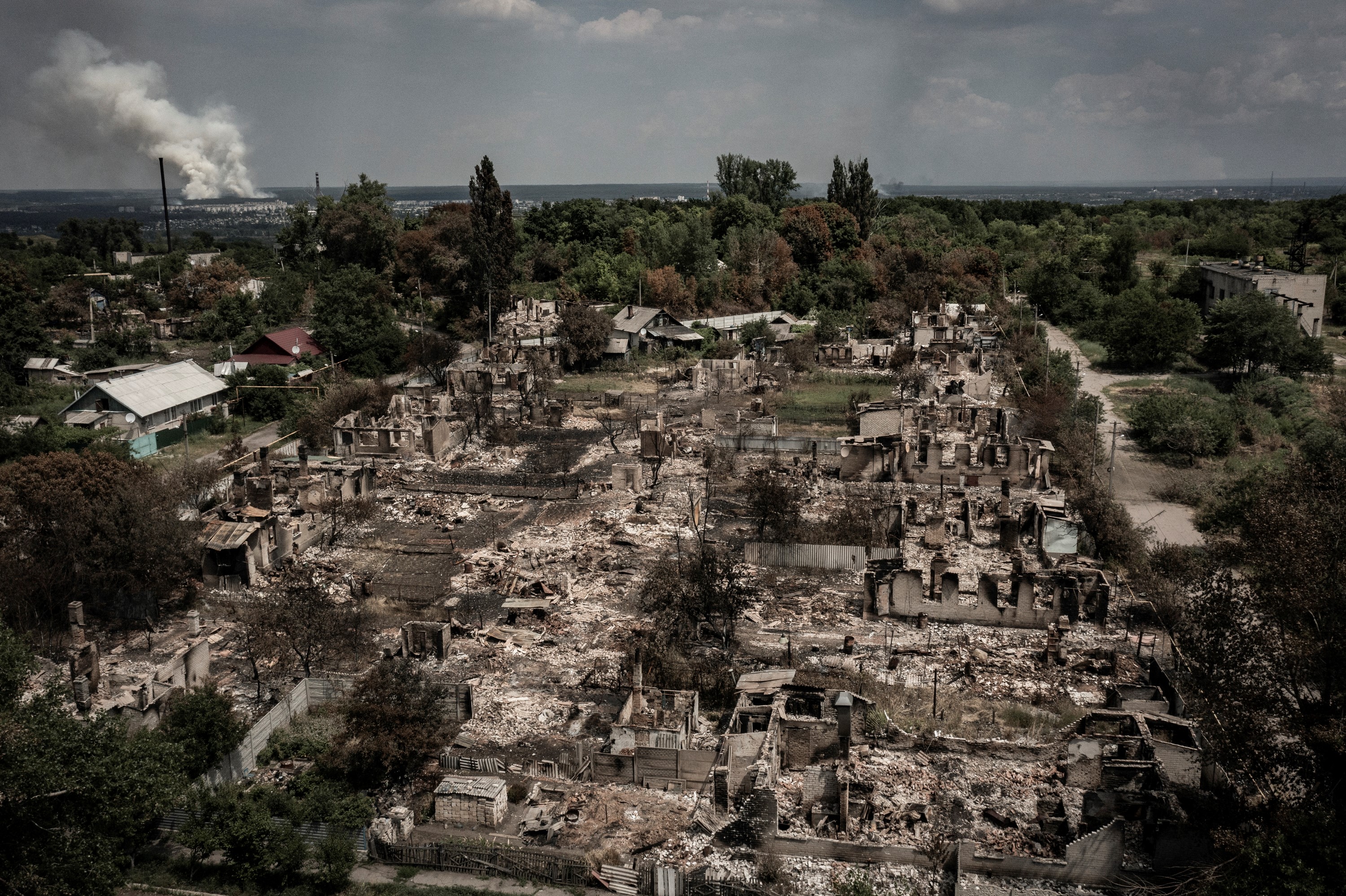 All roads to Ukraine-Russia peace run through the Donbas
All roads to Ukraine-Russia peace run through the DonbasIN THE SPOTLIGHT Volodymyr Zelenskyy is floating a major concession on one of the thorniest issues in the complex negotiations between Ukraine and Russia
-
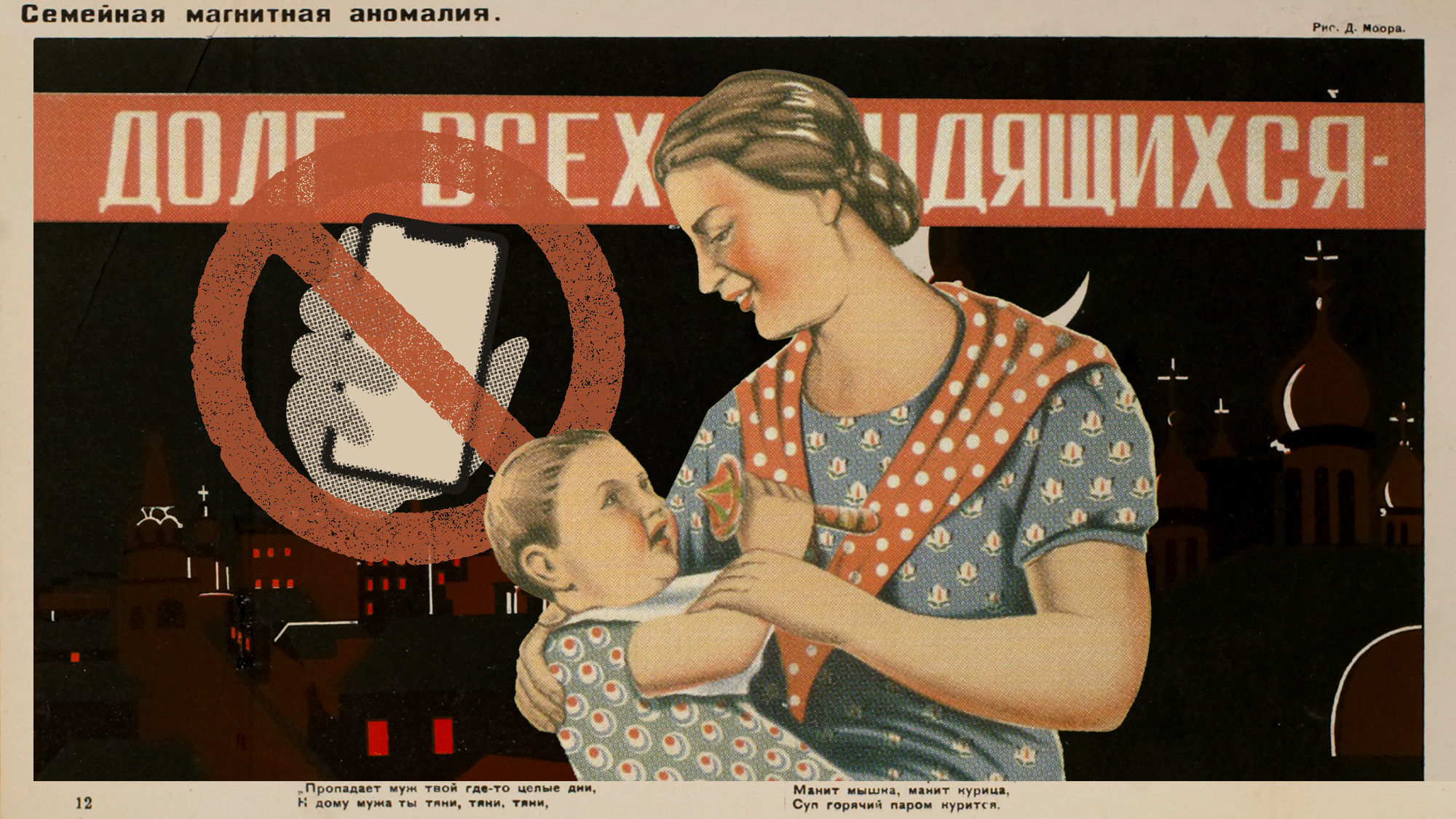 Russia’s ‘weird’ campaign to boost its birth rate
Russia’s ‘weird’ campaign to boost its birth rateUnder the Radar Demographic crisis spurs lawmakers to take increasingly desperate measures
-
 How Bulgaria’s government fell amid mass protests
How Bulgaria’s government fell amid mass protestsThe Explainer The country’s prime minister resigned as part of the fallout
-
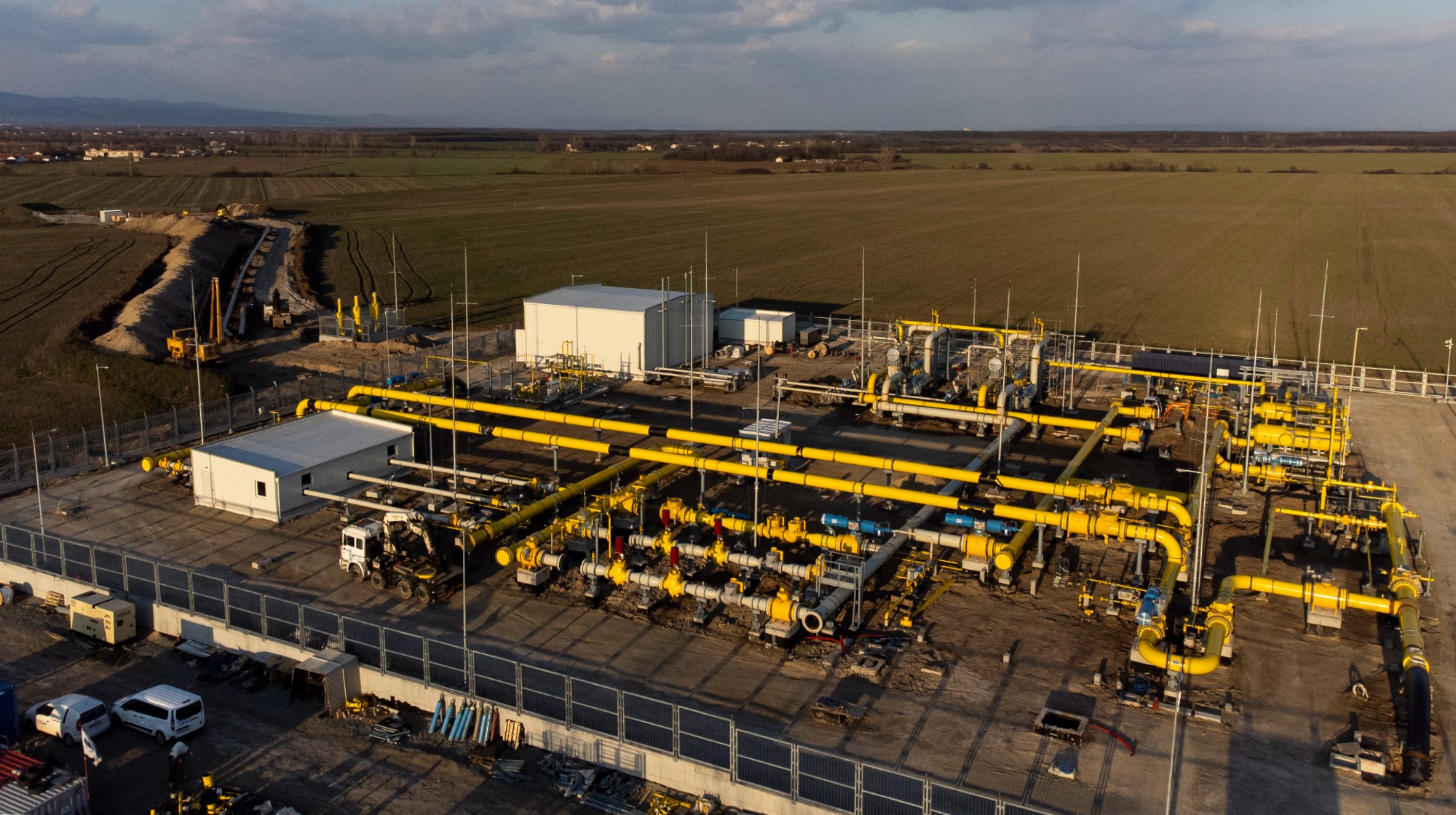 Europe sets 2027 deadline to wean itself from Russian gas
Europe sets 2027 deadline to wean itself from Russian gasIN THE SPOTLIGHT As negotiators attempt to end Russia’s yearslong Ukraine invasion, lawmakers across the EU agree to uncouple gas consumption from Moscow’s petrochemical infrastructure
-
 Is Europe finally taking the war to Russia?
Is Europe finally taking the war to Russia?Today's Big Question As Moscow’s drone buzzes and cyberattacks increase, European leaders are taking a more openly aggressive stance
-
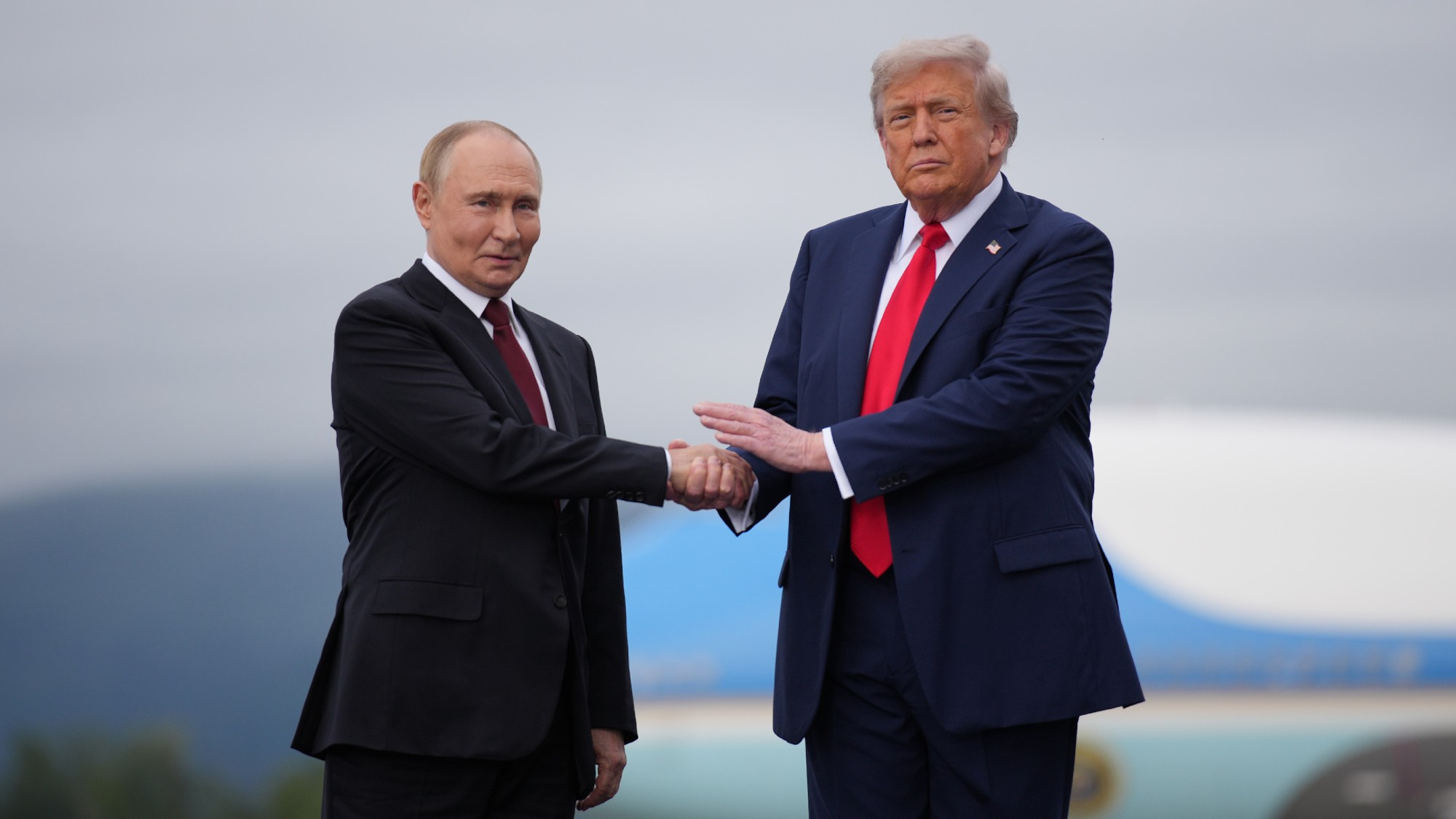 Pushing for peace: is Trump appeasing Moscow?
Pushing for peace: is Trump appeasing Moscow?In Depth European leaders succeeded in bringing themselves in from the cold and softening Moscow’s terms, but Kyiv still faces an unenviable choice
-
 Femicide: Italy’s newest crime
Femicide: Italy’s newest crimeThe Explainer Landmark law to criminalise murder of a woman as an ‘act of hatred’ or ‘subjugation’ but critics say Italy is still deeply patriarchal
-
 Brazil’s Bolsonaro behind bars after appeals run out
Brazil’s Bolsonaro behind bars after appeals run outSpeed Read He will serve 27 years in prison


